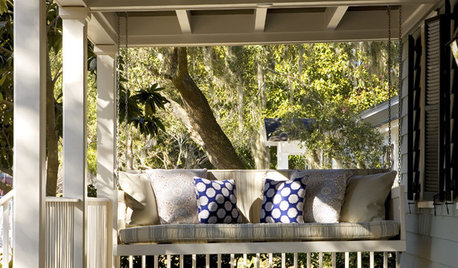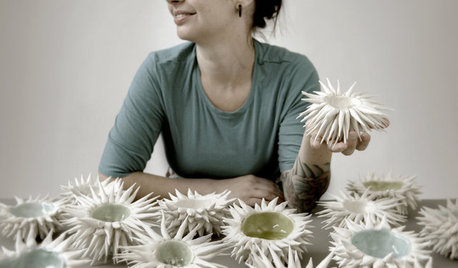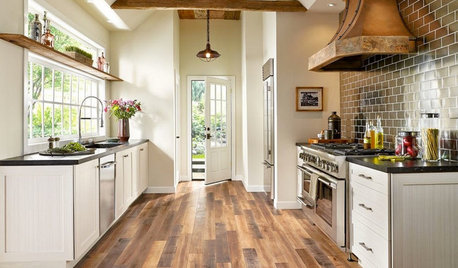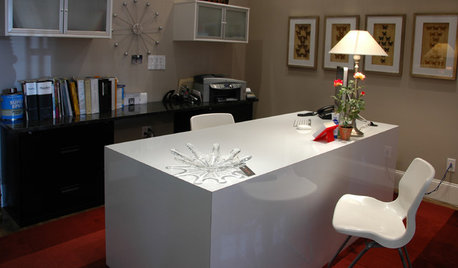Calling Clay Experts
althea_gw
17 years ago
Related Stories

FARM YOUR YARDHow to Grow Vegetables in Containers
Get glorious vegetables and fruits on your patio with a pro’s guidance — including his personal recipe for potting mix
Full Story
GARDENING AND LANDSCAPINGExpert Talk: Porch Swings Sway Into Sweet Life
Their lilting rhythms and tastes of the good life beckon. See how professional designers heeded the porch-swing call
Full Story
Houzz Call: Show Us Your Paint Makeovers
Let your newly repainted house or room do the "How d'ya like me now?" strut right here — it might just be featured in an upcoming ideabook
Full Story
GARDENING GUIDESHow to Stop Worrying and Start Loving Clay Soil
Clay has many more benefits than you might imagine
Full Story
TASTEMAKERSInterview: Heather Knight of Element Clay Studio
Nature, architecture and a creative community inspire an Asheville artist
Full Story
FURNITUREExpert Talk: Dreaming of a Daybed
Whatever color, pattern or style flits through your fancy, today's daybeds let you have it — and practicality too
Full Story
TASTEMAKERSAsk an Expert: What Is the One Design Rule You Live By?
Eight home experts share their top design rules
Full Story
WINTER GARDENINGPruning Secrets for Exquisite Roses
Encourage gorgeous blooms year after year with this time-tested advice on how to prune your rosebush in winter for health and shape
Full Story
MOST POPULARPros and Cons of 5 Popular Kitchen Flooring Materials
Which kitchen flooring is right for you? An expert gives us the rundown
Full Story
HOME OFFICESExpert Talk: 11 Desk Designs That Really Work It
Boring or inadequate desks don't cut it for productivity in a home office. File these desk designs and expert insight under "To Do"
Full Story






jeannie7
althea_gwOriginal Author
Related Professionals
Edmond Landscape Architects & Landscape Designers · Beachwood Landscape Architects & Landscape Designers · Jennings Landscape Architects & Landscape Designers · Otsego Landscape Architects & Landscape Designers · Wilmington Landscape Contractors · Camp Verde Landscape Contractors · Cornelius Landscape Contractors · North Plainfield Landscape Contractors · Tehachapi Landscape Contractors · Chicago Ridge Landscape Contractors · Hueytown Landscape Contractors · Cave Spring Decks, Patios & Outdoor Enclosures · Bonita Decks, Patios & Outdoor Enclosures · Clermont Decks, Patios & Outdoor Enclosures · Green Bay Decks, Patios & Outdoor Enclosurespls8xx
blutranes
maggiemae_2006
althea_gwOriginal Author
althea_gwOriginal Author
blutranes
pls8xx
fertilizersalesman
hoorayfororganic
blutranes
fertilizersalesman
blutranes
fertilizersalesman
althea_gwOriginal Author
blutranes
fertilizersalesman
blutranes
fertilizersalesman
maggiemae_2006
pls8xx
blutranes
althea_gwOriginal Author
Kimmsr
maggiemae_2006